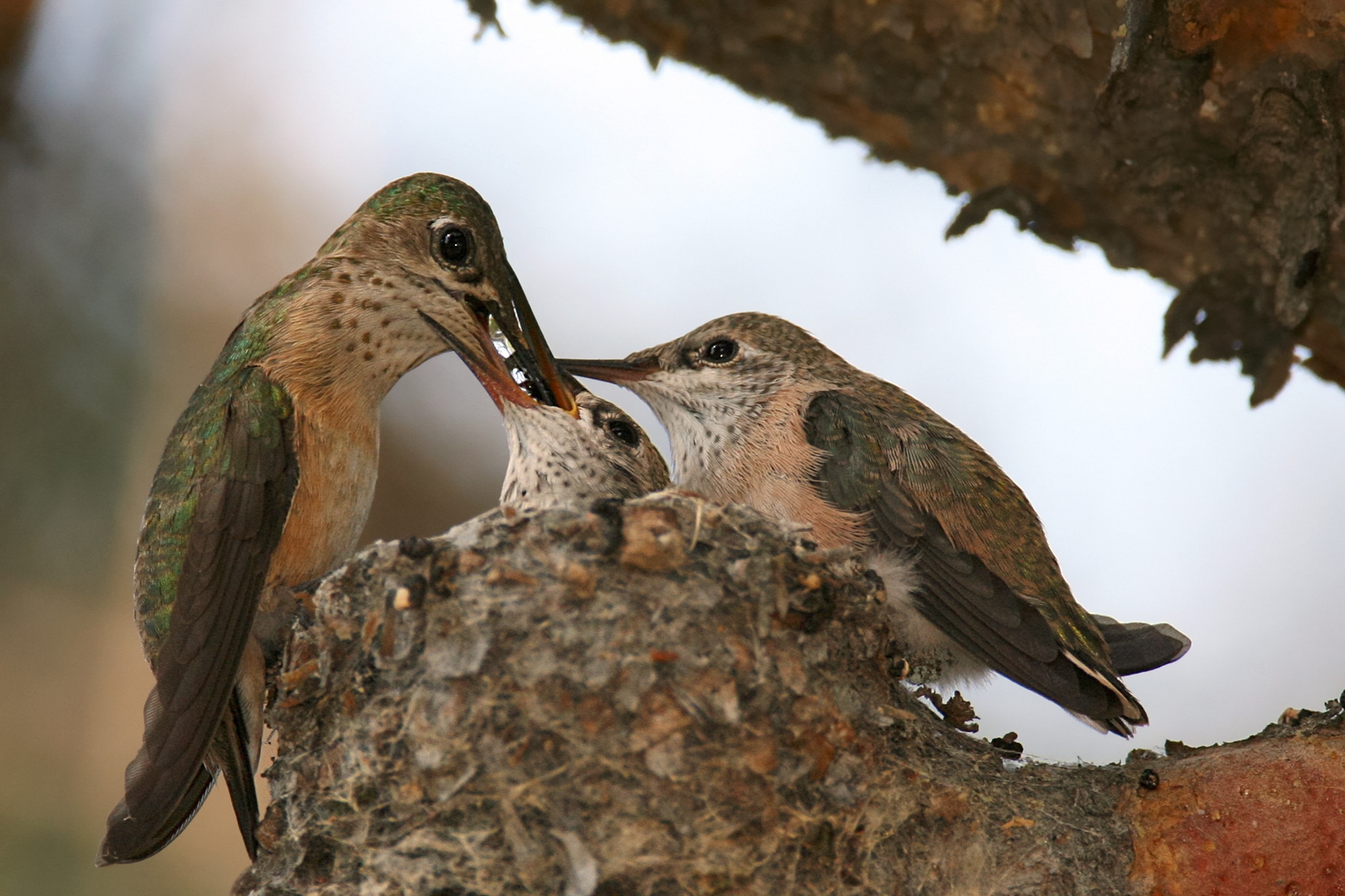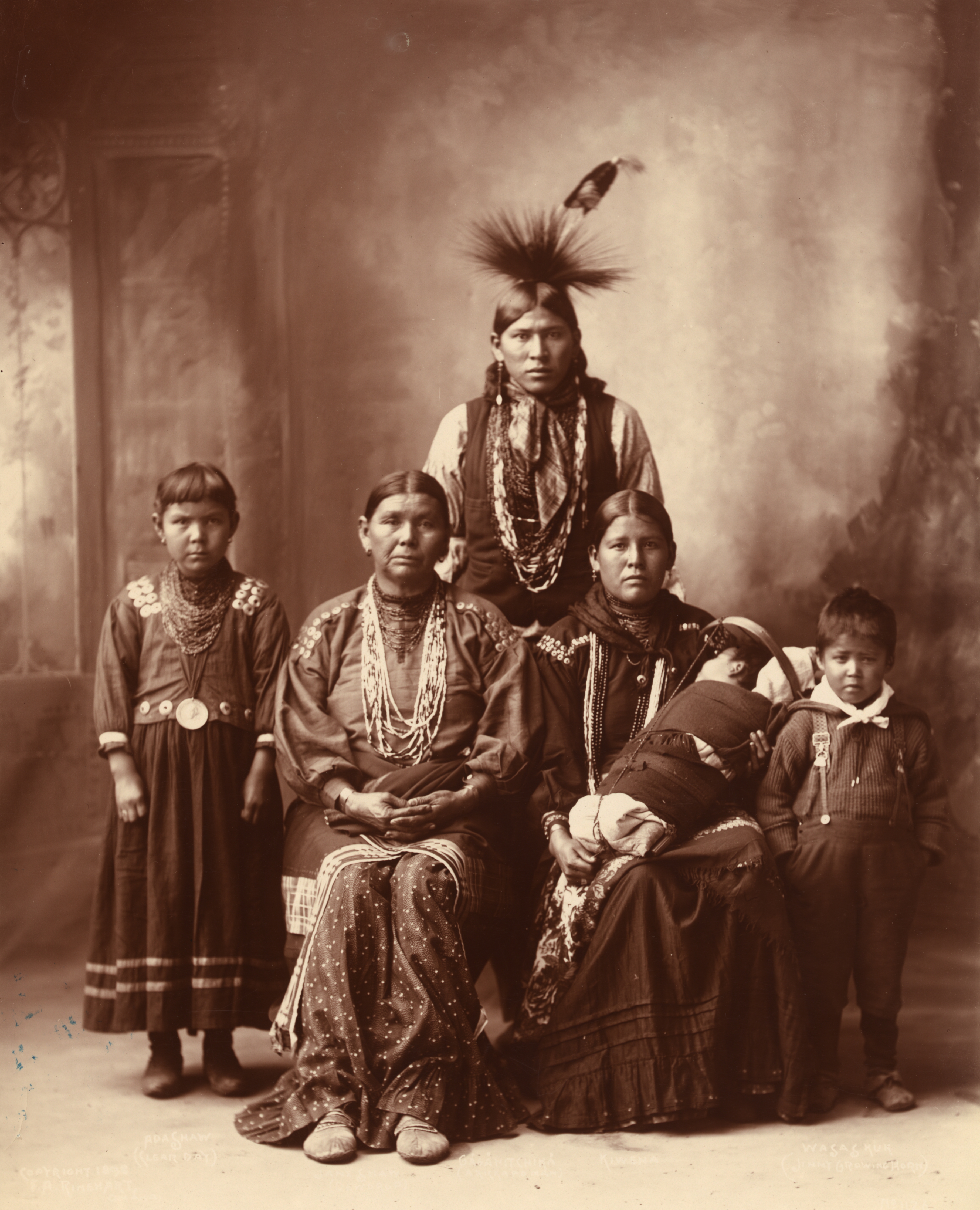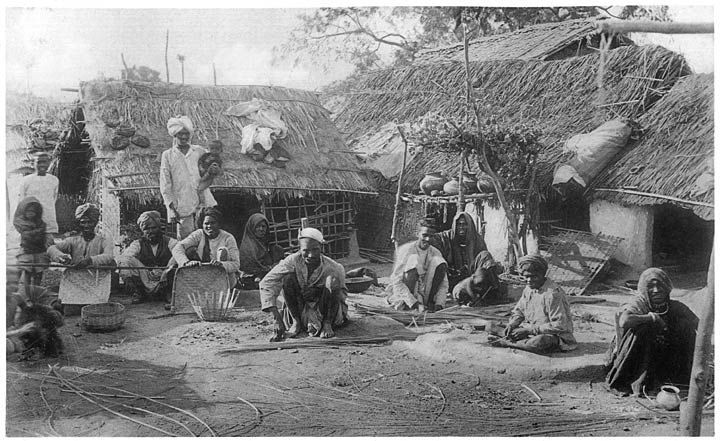|
Sociality
Sociality is the degree to which individuals in an animal population tend to associate in social groups (gregariousness) and form cooperative societies. Sociality is a survival response to evolutionary pressures. For example, when a mother wasp stays near her larvae in the nest, parasites are less likely to eat the larvae. Biologists suspect that pressures from parasites and other predators selected this behavior in wasps of the family Vespidae. This wasp behaviour evidences the most fundamental characteristic of animal sociality: parental investment. Parental investment is any expenditure of resources (time, energy, social capital) to benefit one's offspring. Parental investment detracts from a parent's capacity to invest in future reproduction and aid to kin (including other offspring). An animal that cares for its young but shows no other sociality traits is said to be ''subsocial''. An animal that exhibits a high degree of sociality is called a ''social animal''. The highe ... [...More Info...] [...Related Items...] OR: [Wikipedia] [Google] [Baidu] |
Eusociality
Eusociality (from Ancient Greek, Greek εὖ ''eu'' "good" and social), the highest level of organization of sociality, is defined by the following characteristics: cooperative Offspring, brood care (including care of offspring from other individuals), overlapping generations within a colony of adults, and a division of labor into reproductive and non-reproductive groups. The division of labor creates specialized behavioral groups within an animal society which are sometimes referred to as 'castes'. Eusociality is distinguished from all other social systems because individuals of at least one caste usually lose the ability to perform at least one behavior characteristic of individuals in another caste. Eusocial colonies can be viewed as superorganisms. Eusociality exists in certain insects, crustaceans, and mammals. It is mostly observed and studied in the Hymenoptera (ants, bees, and wasps) and in Blattodea (termites). A colony has caste differences: queens and reproductive males ... [...More Info...] [...Related Items...] OR: [Wikipedia] [Google] [Baidu] |
Wasp
A wasp is any insect of the narrow-waisted suborder Apocrita of the order Hymenoptera which is neither a bee nor an ant; this excludes the broad-waisted sawflies (Symphyta), which look somewhat like wasps, but are in a separate suborder. The wasps do not constitute a clade, a complete natural group with a single ancestor, as bees and ants are deeply nested within the wasps, having evolved from wasp ancestors. Wasps that are members of the clade Aculeata can Stinger, sting their prey. The most commonly known wasps, such as yellowjackets and hornets, are in the family Vespidae and are Eusociality, eusocial, living together in a nest with an egg-laying queen and non-reproducing workers. Eusociality is favoured by the unusual haplodiploid system of sex-determination system, sex determination in Hymenoptera, as it makes sisters exceptionally closely related to each other. However, the majority of wasp species are solitary, with each adult female living and breeding independently ... [...More Info...] [...Related Items...] OR: [Wikipedia] [Google] [Baidu] |
Parental Investment
Parental investment, in evolutionary biology and evolutionary psychology, is any parental expenditure (e.g. time, energy, resources) that benefits offspring.Clutton-Brock, T.H. 1991. ''The Evolution of Parental Care''. Princeton, NJ: Princeton U. Press. pg. 9Trivers, R.L. (1972). Parental investment and sexual selection. In B. Campbell (Ed.), ''Sexual selection and the descent of man'', 1871-1971 (pp. 136–179). Chicago, IL: Aldine. . Parental investment may be performed by both males and females (biparental care), females alone (exclusive maternal care) or males alone (exclusive paternal care). Care can be provided at any stage of the offspring's life, from pre-natal (e.g. egg guarding and incubation in birds, and placental nourishment in mammals) to post-natal (e.g. food provisioning and protection of offspring). Parental investment theory, a term coined by Robert Trivers in 1972, predicts that the sex that invests more in its offspring will be more selective when choosi ... [...More Info...] [...Related Items...] OR: [Wikipedia] [Google] [Baidu] |
Societies
A society is a group of individuals involved in persistent social interaction, or a large social group sharing the same spatial or social territory, typically subject to the same political authority and dominant cultural expectations. Societies are characterized by patterns of relationships (social relations) between individuals who share a distinctive culture and institutions; a given society may be described as the sum total of such relationships among its constituent of members. In the social sciences, a larger society often exhibits stratification or dominance patterns in subgroups. Societies construct patterns of behavior by deeming certain actions or concepts as acceptable or unacceptable. These patterns of behavior within a given society are known as societal norms. Societies, and their norms, undergo gradual and perpetual changes. Insofar as it is collaborative, a society can enable its members to benefit in ways that would otherwise be difficult on an individu ... [...More Info...] [...Related Items...] OR: [Wikipedia] [Google] [Baidu] |
Charles Duncan Michener
Charles Duncan Michener (September 22, 1918 – November 1, 2015) was an American entomologist born in Pasadena, California. He was a leading expert on bees, his ''magnum opus'' being ''The Bees of the World'' published in 2000. __TOC__ Biography Much of his career was devoted to the systematics and natural history of bees. His first peer-reviewed publication was in 1934, at the age of 16. He received his Bachelor of Science, BS in 1939 and his PhD in entomology in 1941, from the University of California, Berkeley. He remained in California until 1942, when he became an assistant curator of Lepidoptera at the American Museum of Natural History in New York City. In 1944 he published a classification system for bees that was soon adopted worldwide, and was in use until 1993 and 1995, when he co-authored new classifications. From 1943 to 1946, Michener also served as a first lieutenant and captain in the United States Army Sanitary Corps, where he researched insect-borne diseases, a ... [...More Info...] [...Related Items...] OR: [Wikipedia] [Google] [Baidu] |
Vespidae
The Vespidae are a large (nearly 5000 species), diverse, cosmopolitan family of wasps, including nearly all the known eusocial wasps (such as ''Polistes fuscatus'', '' Vespa orientalis'', and '' Vespula germanica'') and many solitary wasps. Each social wasp colony includes a queen and a number of female workers with varying degrees of sterility relative to the queen. In temperate social species, colonies usually last only one year, dying at the onset of winter. New queens and males (drones) are produced towards the end of the summer, and after mating, the queens hibernate over winter in cracks or other sheltered locations. The nests of most species are constructed out of mud, but polistines and vespines use plant fibers, chewed to form a sort of paper (also true of some stenogastrines). Many species are pollen vectors contributing to the pollination of several plants, being potential or even effective pollinators, while others are notable predators of pest insect species. The ... [...More Info...] [...Related Items...] OR: [Wikipedia] [Google] [Baidu] |
Suzanne Batra
Suzanne Wellington Tubby Batra (born December 15, 1937) is an American entomologist best known for her work on the classification of insect societies and for coining the term eusociality. Batra was born in New York City where her father Roger W. Tubby was a journalist and secretary to President Truman, later serving in the United Nations as US Ambassador during the Kennedy period. At a young age, she was exposed to outdoor life, natural history, fishing and hunting especially after the family moved to the Adirondacks. She graduated from Saranac Lake (New York) High School in 1956 and received a Bachelor of Arts in zoology from Swarthmore College in 1960. She married her botany professor Lekh R. Batra (1929–1999) and continued her studies in the University of Kansas under Charles D. Michener. She received a PhD in 1964 for studies on sociobiology of sweat bees. She studied solitary bees in the family Colletidae, including on the chemistry of their waterproof nest-cell linings ... [...More Info...] [...Related Items...] OR: [Wikipedia] [Google] [Baidu] |
Courtship
Courtship is the period wherein some couples get to know each other prior to a possible marriage. Courtship traditionally may begin after a betrothal and may conclude with the celebration of marriage. A courtship may be an informal and private matter between two people or may be a public affair, or a formal arrangement with family approval. Traditionally, in the case of a formal engagement, it is the role of a male to actively "court" or "woo" a female, thus encouraging her to understand him and her receptiveness to a marriage proposal. Duration The average duration of courtship varies considerably throughout the world. Furthermore, there is vast individual variation between couples. Courtship may be completely omitted, as in cases of some arranged marriages where the couple do not meet before the wedding. In the United Kingdom, a poll of 3,000 [...More Info...] [...Related Items...] OR: [Wikipedia] [Google] [Baidu] |
Family
Family (from la, familia) is a group of people related either by consanguinity (by recognized birth) or affinity (by marriage or other relationship). The purpose of the family is to maintain the well-being of its members and of society. Ideally, families offer predictability, structure, and safety as members mature and learn to participate in the community. Historically, most human societies use family as the primary locus of attachment, nurturance, and socialization. Anthropologists classify most family organizations as matrifocal (a mother and her children), patrifocal (a father and his children), conjugal (a wife, her husband, and children, also called the nuclear family), avuncular (a man, his sister, and her children), or extended (in addition to parents and children, may include grandparents, aunts, uncles, or cousins). The field of genealogy aims to trace family lineages through history. The family is also an important economic unit studied in family economics. ... [...More Info...] [...Related Items...] OR: [Wikipedia] [Google] [Baidu] |
Caste System
Caste is a form of social stratification characterised by endogamy, hereditary transmission of a style of life which often includes an occupation, ritual status in a hierarchy, and customary social interaction and exclusion based on cultural notions of purity and pollution. * Quote: "caste ort., casta=basket ranked groups based on heredity within rigid systems of social stratification, especially those that constitute Hindu India. Some scholars, in fact, deny that true caste systems are found outside India. The caste is a closed group whose members are severely restricted in their choice of occupation and degree of social participation. Marriage outside the caste is prohibited. Social status is determined by the caste of one's birth and may only rarely be transcended." * Quote: "caste, any of the ranked, hereditary, endogamous social groups, often linked with occupation, that together constitute traditional societies in South Asia, particularly among Hindus in India. Although ... [...More Info...] [...Related Items...] OR: [Wikipedia] [Google] [Baidu] |
Division Of Labor
The division of labour is the separation of the tasks in any economic system or organisation so that participants may specialise (specialisation). Individuals, organizations, and nations are endowed with, or acquire specialised capabilities, and either form combinations or trade to take advantage of the capabilities of others in addition to their own. Specialised capabilities may include equipment or natural resources as well as skills, and training and combinations of such assets acting together are often important. For example, an individual may specialise by acquiring tools and the skills to use them effectively just as an organization may specialise by acquiring specialised equipment and hiring or training skilled operators. The division of labour is the motive for trade and the source of economic interdependence. Historically, an increasing division of labour is associated with the growth of total output and trade, the rise of capitalism, and the increasing complexi ... [...More Info...] [...Related Items...] OR: [Wikipedia] [Google] [Baidu] |
Reproduction
Reproduction (or procreation or breeding) is the biological process by which new individual organisms – " offspring" – are produced from their "parent" or parents. Reproduction is a fundamental feature of all known life; each individual organism exists as the result of reproduction. There are two forms of reproduction: asexual and sexual. In asexual reproduction, an organism can reproduce without the involvement of another organism. Asexual reproduction is not limited to single-celled organisms. The cloning of an organism is a form of asexual reproduction. By asexual reproduction, an organism creates a genetically similar or identical copy of itself. The evolution of sexual reproduction is a major puzzle for biologists. The two-fold cost of sexual reproduction is that only 50% of organisms reproduce and organisms only pass on 50% of their genes.John Maynard Smith ''The Evolution of Sex'' 1978. Sexual reproduction typically requires the sexual interaction of two specia ... [...More Info...] [...Related Items...] OR: [Wikipedia] [Google] [Baidu] |








.jpg)
